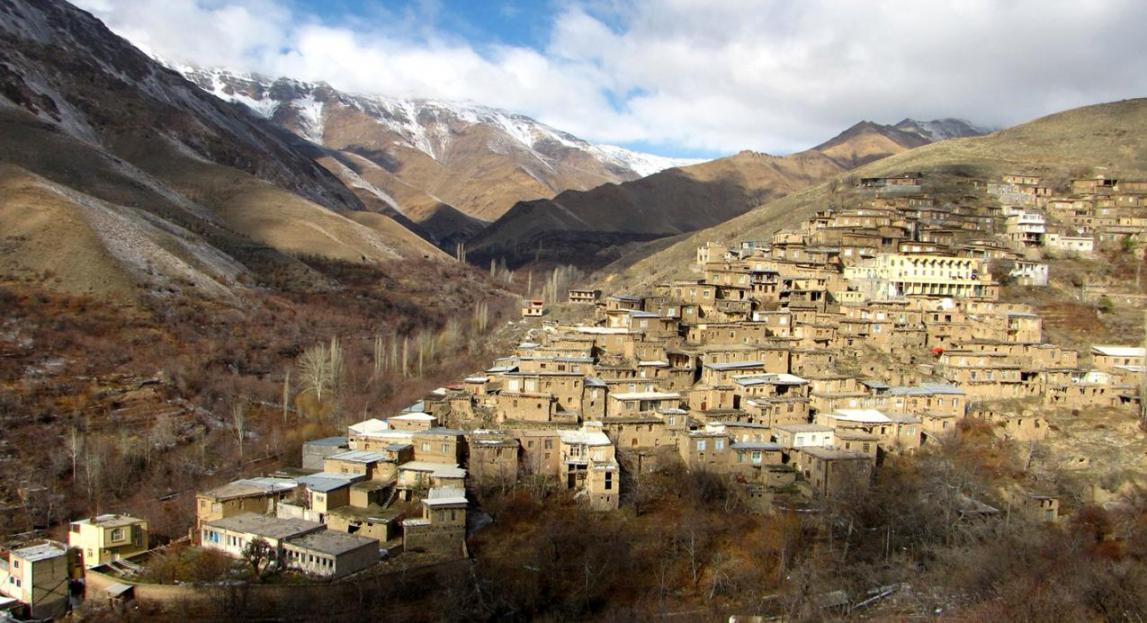Dizabad, which has been registered by UNESCO as one of the few places across the world that has achieved 100% literacy, is a beautiful village nestling in the mountains between Mashhad and Neishabour in Iran’s Khorasan Razavi Province.
While the country’s literacy rate (defined as the percentage of people who have passed a minimum of five grades) is 85% and the figure is even lower in the rural and disadvantaged areas, almost all the people living in Dizabad have high-school diploma, Hamshahrionline reported.
On your way to Dizabad which is also reputed for its wonderful people, wind turbines and pleasant climate, if you ask someone where the village is, they will invariably respond with an “are you looking for that literate village?” said Mohammad Esmael Etemadi, head of the provincial office of the Iran Cultural Heritage, Handicrafts and Tourism Organization.
Located in Piveh Zhan rural district, Mashhad County, the village had a population of 2,963 in 747 families as per the 2006 census.
Stating that the village achieved 100% literacy in 1996, Etemadi said “there are no out-of-school students in Dizabad.”
In the year 1932, when families usually didn’t pay much heed to their children’s education, a school was established in the village by a benefactor who was also its principal.
“The principal personally used to visit the village homes urging families to send their children to the school where education was free,” Etemadi said. “After that, going to school gradually became commonplace.”
At present, many of the young village residents have migrated to cities for higher education. “An interesting thing about the people born in the village is that they have not forgotten their customs and traditions or their native land. Every year, the people of Dizabad even those living or studying abroad, come home during the Norouz or Persian New Year holidays in March, and in the summer months to attend family reunions and village gatherings.”
They have remained committed to their cultural traditions and ethnic values, he said.
‘Nou-Hesar’ is a beautiful and famous tradition of Dizabad held every year on the last Friday in the month of Mordad (the 5th month in the Iranian calendar, July 23-August 22). On the day, all people from the village get together. They believe the tradition strengthens people’s bonds and their religious beliefs, as well as family ties.
Etemadi explained that ‘Nou’ literally means U-shaped valley in the local dialect, where the traditional ceremony is annually observed.
Inspired by Attar
The ceremony itself is believed to be inspired by verses from Farid ud-Din Attar’s famous poem, ‘Mantegh o Teir’ or ‘Conference of the Birds’: “They walk the distances between two valleys to reach unity and conformity.” Attar is one of the preeminent poets of Iran.
The poem begins with the birds of the world gathering together to seek a king. The wisest of them, the hoopoe, suggests they undertake a journey to the court of the great Simorgh (a mythical Persian bird roughly equivalent to the western phoenix), where they can achieve enlightenment. The birds elect the hoopoe as their leader for the quest. Each bird has specific faults, the sort of shortcomings that generally prevent humans from attaining enlightenment.
The hawk, for example, says that he would not wish to continue his journey because working for the great earthly king he serves is good enough for him; the nightingale suddenly decides that he cannot leave his lover, and so on. The hoopoe answers each bird with allegorical stories and great wisdom. The birds eventually decide to continue and throughout the journey ask questions, which the hoopoe answers with wise anecdotes.
The last question concerns the length of the journey, to which the hoopoe describes seven valleys that must be crossed before reaching the abode of the great Simorgh. In Persian, ‘si’ means 30, and ‘morgh’ means bird. Hence, Simorgh can be read as “30 birds”, and in the end only 30 birds make it to their destination. There they find that they themselves, collectively, have become the great Simorgh.


